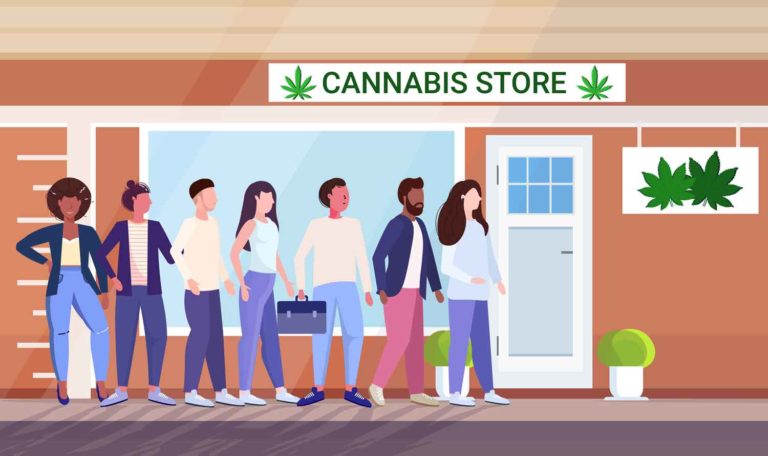
In 2018, Canada became the second country in the world to legalize recreational cannabis, following Uruguay in 2013. Since then, sales have been booming across the northern nation. In June 2021, sales exceeded almost $319 million, which is the most sales in a month since legalization. In Ontario, Canada, sales increased 146 percent compared to June of 2020. This is welcome news, since the cannabis industry in Canada supposedly struggled through the Covid-19 pandemic.
Fears
Before legalization happened, several prohibitionists spoke about potential fears and downfalls the country would face. Similar language and rhetoric is found in the U.S. as states individually legalize recreational and medical cannabis, while Congress debates over decriminalization.
According to recent research, many of the fears prohibitionists had did not manifest post legalization. Those include:
- No marked increase in youth regarding cannabis usage (the U.S. has also released similar studies with the same results)
- No increase in harm to youth brain development
- Decrease in both adult and youth related cannabis arrests
- No presentation of severe mental illness following cannabis use
- Finally, research discussed the success of targeted public health messaging on cannabis use
The U.S. NORML Executive Director Erik Altieri commented on the study, saying, “From a public health standpoint, regulation and education are preferable strategies to criminalization. Overall, adult-use legalization is working largely as voters and politicians envisioned, which is why an increasing number of jurisdictions are shifting their policies in this direction.”
Taxes
In addition to similar research results regarding legalization, Canada has also split the tax revenue between the federal government, which receives 25 percent, and each province’s government, which receives the remaining 75 percent. Each province is then able to do what they think is best regarding funding programs, such as education, road maintenance and infrastructure.
U.S. states have also distinguished certain programs to receive cannabis tax revenue. In Colorado, revenue goes towards improving school buildings and upgrading education tools for classrooms.
More change in sales could come from Canada as they continue to see a spike in sales. This could change how revenue is spent in the country and each province, potentially providing better education, infrastructure, and living standards for Canadians. Time will tell how the cannabis industry advances.
Make sure to check back for more cannabis, hemp, and psychedelic related news.